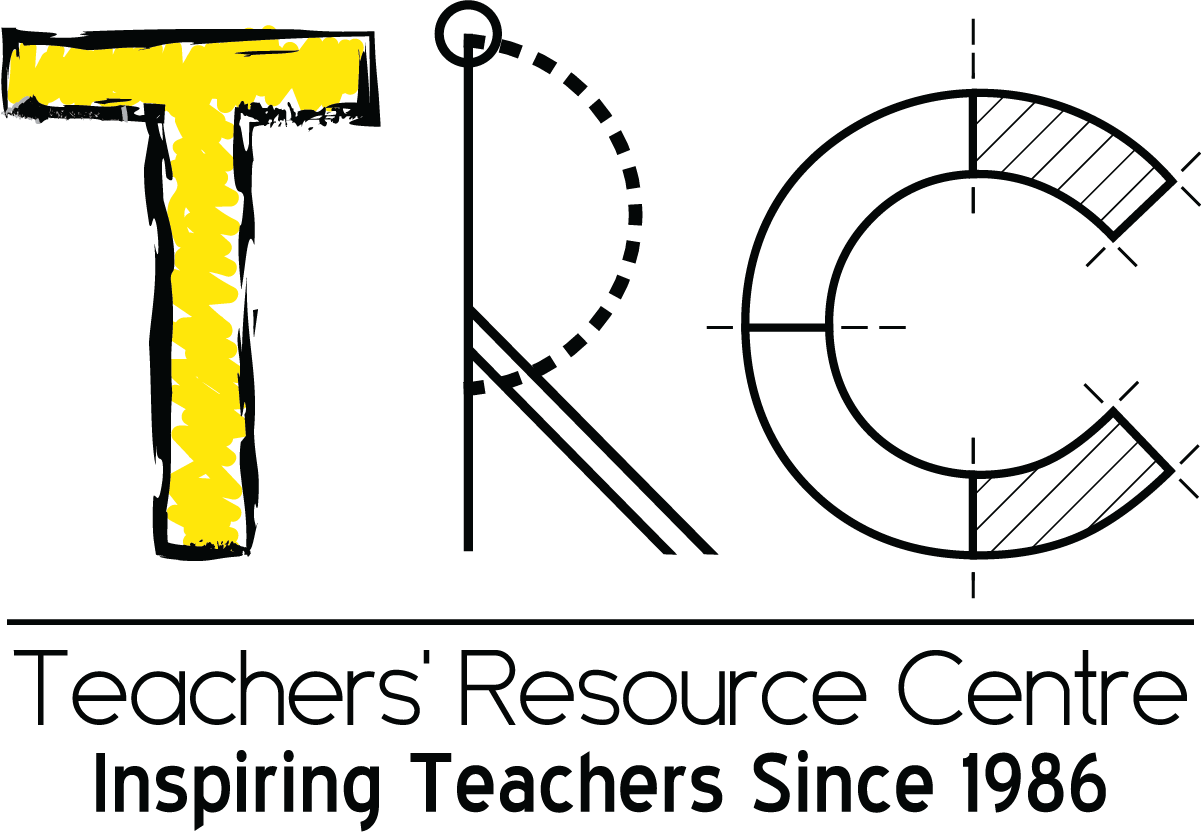No products in the cart.
5 Ways to Keep Students Engaged
Teachers can eliminate ‘dead time’ in the classroom by using creative tools and activities that allow students to learn through tapping into multiple intelligences. In this month’s Ilm o Amal, TRC staff explores various strategies you can use in the classroom to engage your students.
Often when the teacher is engaged in a monologue on a subject, students will tend to drift off and the whole classroom will end up losing valuable class time. This is true of people regardless of their ages. When people are not captivated by what is going on in the classroom, they will focus on something else that interests them.
Unless the teacher is able to capture and keep the students’ focus, children are just not able to learn at an optimal level. And every experienced teacher knows how contagious lack of engagement can be. Because when students figure out that their neighbour are not listening, their immediate reaction is ‘Why should I?’
Competent teachers understand the value of minimizing dead time in the classroom and instead focusing on keeping students thoroughly (and happily) engaged. If you want engaged learners, there is no alternative to listening actively and doing.
Once your students learn about these activities, they will look forward to them. You can use the following 5 activities at the beginning of a class to wind down the students or at any other time during class energize and wake them up.
Here are a few strategies you can start using in your classroom.
1. Movement: one of the best ways to blast dead time is to ask the students to participate in
2. Mind Warm-Up: A fun way of engaging the class is to put up some course related content on the
3. Teach Teamwork: Before a project starts, it helps to teach students to work in teams and understand the value of collaboration. You can teach your students to collaborate, by getting them to build a free standing paper tower. This is not a subject-related activity, but doing it with your students will teach them about teamwork. This exercise can be done simply using just 5 sheets of paper, some tape and if you want to make it more challenging, ask them to balance a ball on top of the tower once it is standing. You can do this activity by asking some of the students to be bystanders and give feedback to the ones building the tower. Be sure to train them to give positive feedback before the negative.
4. Student Reflection: If you feel that the students’ interest is waning during a presentation or when you want students to settle down after an activity, get them to quickly do a short exercise that quickly anchors them back to the content of that day’s lesson. Depending on the grade level, you can ask questions like, ‘What did you find most interesting about (the subject)? What is most confusing about the subject? What was most boring? What question could I ask about this in the exam? ‘Write a quick summary about what you have learnt.” Have the students quickly reflect and jot down their answers in a notebook.
They can give their answers in one or a few sentences, which you may want to check once a week.
5. Use Chits: Keep chits with every student’s name and pull them out when you want someone to speak up or respond to a question. This will help struggling students to feel part of the classroom. However before using this strategy make sure your classroom is a safe and supportive environment where students will not be ridiculed for getting an answer wrong.
Experienced and wise teachers understand that it is worth investing the time to develop these strategies in order to kill dead time, because in the long run it will pay off when it comes to classroom management.
December 2019

